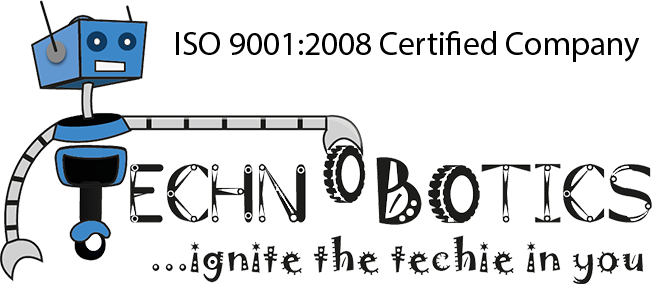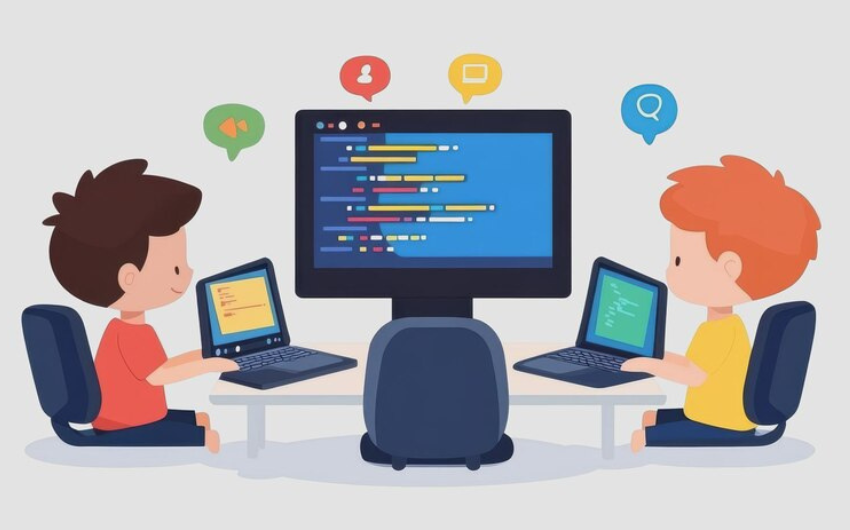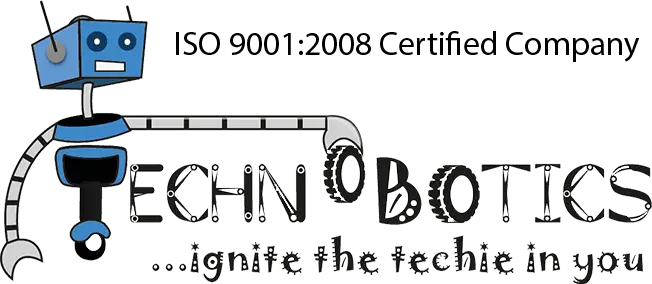Why Text-Based Coding is Essential for Advanced Programming and Robotics Education
Programming has evolved into a skill as essential as reading and writing in today’s technology-driven world. From kids taking their first steps in robotics and coding classes to professionals developing advanced software, coding holds a universal appeal. Within this space, learners often encounter two primary approaches to programming: block-based coding and text-based coding. While block-based coding has merits, text-based programming languages bring many unique advantages, especially for those progressing in a coding and robotics curriculum. This article explores why text-based coding remains a powerful tool and how it shapes coding education and professional application.
Understanding Block-Based and Text-Based Coding
Block-based coding simplifies programming using pre-designed blocks that snap together like puzzle pieces. This visual format is excellent for beginners, especially younger learners, as it eliminates syntax errors and emphasizes logic-building skills. Platforms like Scratch and Blockly have made block-based coding popular in elementary-level robotics and coding classes.
Text-based coding, on the other hand, involves writing code in a textual format using programming languages like Python, JavaScript, or C++. This approach requires a stronger understanding of syntax, commands, and programming language structure. Text-based coding is widely used in professional software development, advanced robotics, and other complex applications.
Advantages of Text-Based Coding
1. Deeper Learning and Understanding of Core Concepts
Text-based coding provides learners with a comprehensive understanding of programming fundamentals. Unlike block-based coding, where commands are pre-packaged, text-based coding requires students to write commands from scratch. This process encourages deeper learning of syntax, data types, loops, and functions. These core skills are critical for advanced robotics and coding curricula, where precision and customization are key.
For instance, when students transition from basic robotics projects to more sophisticated tasks like controlling robots with sensors, text-based coding allows them to write and optimize algorithms tailored to their needs.
2. Greater Flexibility and Customization
While block-based coding is user-friendly, it can be restrictive for complex projects. Text-based coding provides unlimited flexibility, enabling programmers to create custom solutions without being confined to predefined blocks. This is particularly valuable in advanced robotics and coding classes, where unique challenges often require creative problem-solving.
For example, building an autonomous drone requires writing intricate code for real-time decision-making, something text-based coding excels at. With text-based programming, learners can manipulate algorithms, integrate APIs, and fine-tune systems to achieve desired outcomes.
3. Scalability for Real-World Applications
As students progress in their coding and robotics curriculum, they must tackle larger, more complex projects. Text-based coding languages like Python and JavaScript are designed to scale effortlessly, making them the preferred choice for professional developers.
In contrast, block-based coding platforms are often limited in scope and cannot support the development of advanced software or robotics systems. For instance, programming a full-fledged app or designing industrial automation systems requires the robust capabilities of text-based languages.
4. Industry Relevance and Career Preparation
Text-based coding aligns closely with industry standards. Professionals in software development, robotics engineering, data science, and other tech fields rely on text-based languages daily. Introducing students to these languages early in their learning journey prepares them for future careers and increases their employability.
Robotics and coding classes incorporate text-based coding into their curriculum to help students build skills directly translating to workplace requirements. This enhances their confidence and gives them a competitive edge when pursuing internships or jobs.
5. Encouraging Problem-Solving and Debugging Skills
One of the most valuable aspects of text-based coding is its emphasis on debugging. Unlike block-based coding, where errors are minimal, text-based coding requires students to identify and resolve syntax errors and logical flaws. This experience develops strong problem-solving skills and resilience, which are essential for success in any technology field.
Debugging also teaches students to think critically and systematically. Whether they’re programming a robot to navigate a maze or developing a web application, troubleshooting effectively is an invaluable skill.
6. Support for Advanced Robotics Projects
In robotics, programming often goes beyond basic movement and interactions. Advanced robotics applications like AI integration, machine learning, and sensor-based automation require the capabilities of text-based programming languages. Platforms like Arduino and Raspberry Pi use text-based languages such as C++ and Python to program robots for complex tasks.
In robotics and coding classes, students can leverage text-based coding to explore cutting-edge innovations, from creating intelligent robots to developing IoT solutions. This practical experience connects theoretical knowledge with real-world application, enabling students to become technology creators.
Conclusion
Both block-based and text-based coding have their place in programming education. While block-based coding is an excellent introduction for beginners, text-based coding is indispensable for learners aiming to excel in advanced robotics and coding curricula. Its ability to foster deeper learning, provide flexibility, and prepare students for industry challenges makes it a cornerstone of modern coding education.
For educators and learners alike, incorporating text-based coding into robotics and coding classes is a step toward unlocking the full potential of programming. By mastering text-based languages, students acquire essential skills that establish a foundation for innovation and success in the ever-changing technology landscape.


